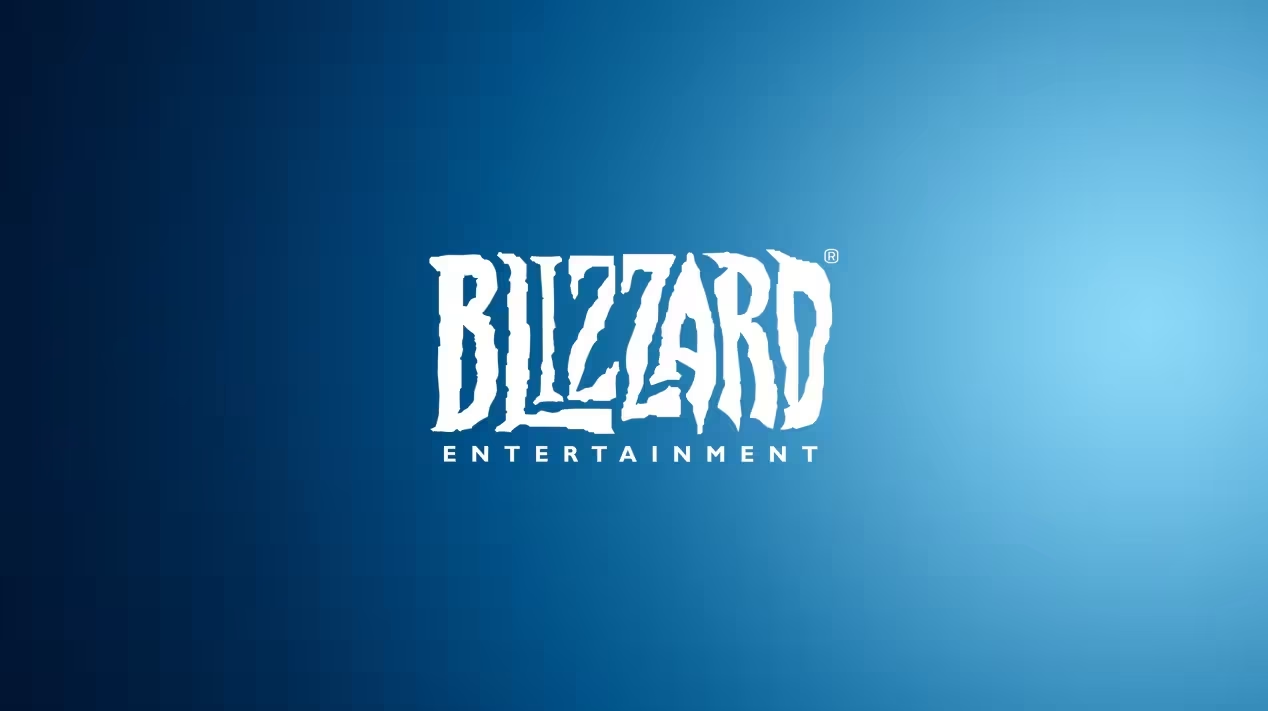Blizzard Shifts Warcraft Rumble to Maintenance Mode: An In-Depth Analysis
The mobile gaming landscape is a brutal one, isn't it? One day a game is riding high on hype, the next it's facing the harsh realities of sustainability. This week, the Warcraft Rumble community received some tough news from Blizzard Entertainment: the game, a love letter to Azeroth that launched just last year, will no longer receive new content updates. Instead, it's transitioning to a maintenance mode, focusing solely on regular in-game events and bug fixes. It's a significant pivot, and one that, frankly, many of us in the gaming space had been anticipating, albeit with a heavy heart.
The Unfortunate Announcement: What's Changing?
Blizzard's official statement, released on July 2, 2025, was direct and to the point. After "much deliberation," the company made the "extremely hard decision" to cease new content development for Warcraft Rumble. This means no new minis, no new zones, no new game modes. The focus will now be on keeping the lights on, so to speak, ensuring the existing game remains playable and relatively stable. Think of it like a beloved classic car: you'll still get to drive it, but don't expect any new features or major upgrades. Just the essential maintenance to keep it running.
This isn't just a minor tweak to a roadmap; it's a fundamental shift in the game's trajectory. For a live-service mobile title, new content is the lifeblood, constantly enticing players to return and spend. Without it, the long-term engagement model changes dramatically.
A Look Back: Warcraft Rumble's Journey and Ambition
Warcraft Rumble's story is a long one, stretching back nine years in development before its 2023 launch. That's a considerable investment of time and resources for any game, let alone a mobile one. It was pitched as a strategic action game, a miniature take on the Warcraft universe, designed to appeal to both long-time fans and new mobile players. The team behind it was clearly passionate, drawing on player feedback during its soft launch phases to refine the experience.
But passion and ambition, while crucial, don't always guarantee commercial success. Despite the initial buzz and the inherent appeal of the Warcraft IP, the game, in Blizzard's own words, "struggled to find its footing relative to our ambition for its long-term success." This isn't an uncommon narrative in the hyper-competitive mobile market. Even with a strong brand, standing out and retaining players against a deluge of new releases and established giants is incredibly difficult.
Why the Shift? Unpacking Sustainability and Player Feedback
The core reason cited for this decision is sustainability. Blizzard indicated that while they tried to refocus based on player feedback and explore different options, ultimately, it "wasn’t enough to put the game on a path to sustainability." What does "sustainability" mean in this context? It's often a blend of player engagement, monetization performance, and the cost of ongoing development. If the revenue generated isn't sufficient to justify the team size and resources required to produce new content, tough choices have to be made.
We've seen this play out time and again across the industry. A game might be fun, even well-received by a segment of its audience, but if it doesn't hit certain key performance indicators (KPIs) – daily active users, average revenue per user, retention rates – it becomes a drain on resources that could be better allocated elsewhere. It's a business, after all. And sometimes, even with a strong IP, the numbers just don't add up.
The Human Cost: Team Transitions and Industry Context
Perhaps the most somber aspect of this announcement, though not explicitly detailed in Blizzard's brief public statement, is the impact on the development team. The company mentioned supporting "teammates" during this transition, and acknowledged that some members of the original team have "sadly part ways." This is a polite way of saying layoffs have occurred. Reports from other gaming news outlets confirm that a significant portion, if not most, of the Warcraft Rumble team has been let go as part of broader layoffs across Microsoft's gaming division, which includes Activision Blizzard.
This isn't an isolated incident. The gaming industry has been experiencing a wave of layoffs and studio closures recently. Companies are reassessing their portfolios, streamlining operations, and focusing on core franchises or more promising ventures. For Blizzard, this decision on Warcraft Rumble likely reflects a strategic reallocation of resources. It's a harsh reminder that behind every game are real people, and these shifts have profound personal consequences.
What's Next for Warcraft Rumble Players?
So, what does this mean for those of us who've enjoyed collecting minis and battling through Azeroth? Well, the game isn't shutting down entirely. Blizzard has committed to "updates focused on regular, systemic in-game events and bug fixes." This implies that the game will continue to be playable, and there will still be reasons to log in, even if they're not brand new experiences. Seasonal events, rotating challenges, and essential patches to keep the game stable will likely continue.
It's a bittersweet pill. You can still play, but the excitement of future expansions or new meta-defining minis is gone. For a mobile game, this often means a slow decline in player base as the novelty wears off and there's no fresh content to pull people back in.
Broader Implications for Blizzard and Mobile Gaming
The mobile market demands constant innovation, aggressive monetization strategies, and often, a different design philosophy than traditional gaming. Blizzard, under Microsoft's ownership, is clearly making calculated decisions about where to invest its considerable talent and resources. This shift for Warcraft Rumble is a stark indicator of those priorities. It's a tough lesson, but one that many developers in this space have learned: sometimes, even with the best intentions and a beloved IP, a game just doesn't hit its stride. And when that happens, hard choices are inevitable.
